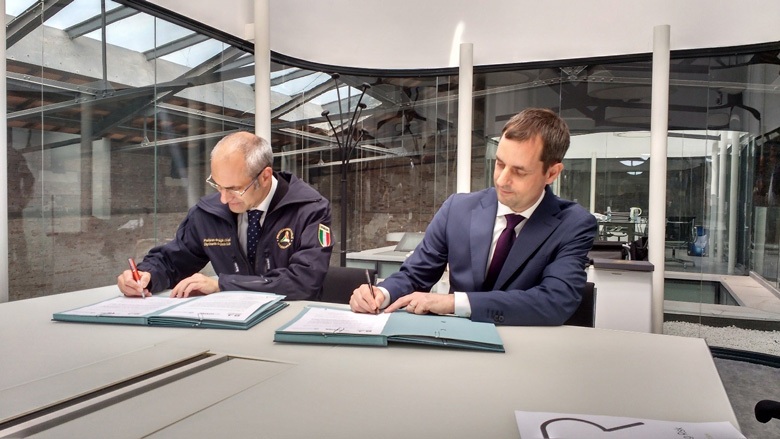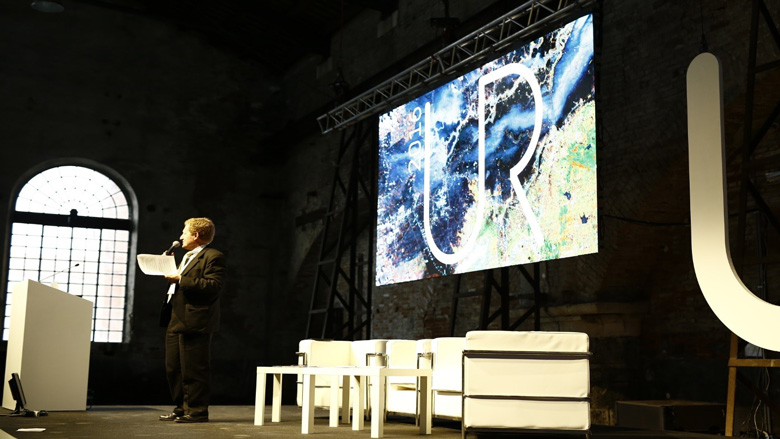Natural disaster risk is increasing rapidly. While annual figures can vary, comparing ten-year averages paint a stark picture: between 2005 and 2014, disaster risks caused an average of 10 times more damage and affected 10 times more people per year than between 1976 and 1985. Population growth, urbanization and the impact of climate change will only exacerbate this trend. Now, more than ever, preparing for risks and managing them effectively requires a global effort.
In this spirit, the Global Facility for Disaster Reduction and Recovery (GFDRR), a World Bank-managed partnership, organized the 2016 Understanding Risk forum in Venice, a city highly vulnerable to climate change. Over five days, the event gathered more than 700 experts to discuss the critical role of innovation in disaster risk management. With the support of the Italian Government, the forum hosted high-level panels and companies displaying cutting-edge technology.
One of the many highlights of the week included the launch of GFDRR’s flagship publication: Making a Riskier Future, How Our Decisions Shape the Future of Disaster Risk. This report calls for a radical new approach to assessing risk and warns factors like climate change, rising populations in urban areas and unregulated building practices are rapidly driving the world to a riskier future.
“With climate change and rising numbers of people in urban areas rapidly driving up future risks, there’s a real danger the world is woefully unprepared for what lies ahead,” said John Roome, the World Bank Group’s Senior Director for Climate Change. “Unless we change our approach to future planning for cities and coastal areas that takes into account potential disasters, we run the real risk of locking in decisions that will lead to drastic increases in future losses.“


